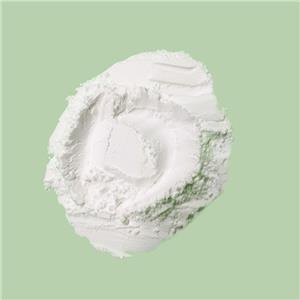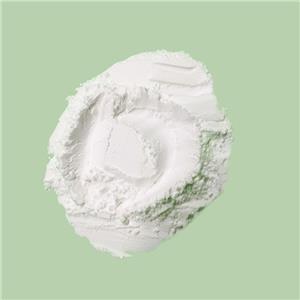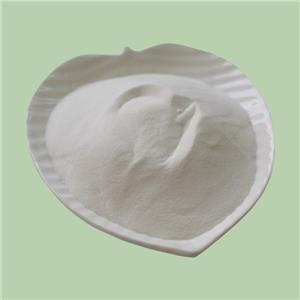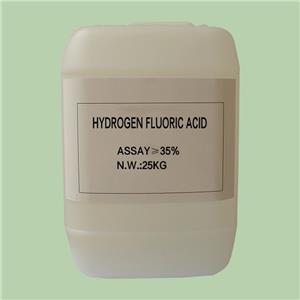The Hidden Weapon in Pest Control
Sodium fluoride (NaF) is primarily known for its role in dental care, effectively preventing cavities and promoting oral health. However, its utility extends beyond this well-known application. Sodium fluoride is also a potent insecticide, utilized for its ability to control and eliminate a variety of pests in both residential and commercial settings. This article delves into the reasons behind sodium fluoride's effectiveness as an insecticide and explores its practical applications in everyday life.
Why Sodium Fluoride Works as an Insecticide
The effectiveness of sodium fluoride as an insecticide can be attributed to its chemical properties and its mode of action against pests. Sodium fluoride is a highly toxic compound to many insects, disrupting their essential physiological processes and leading to their death.
1、Chemical Properties:
● Solubility and Stability: Sodium fluoride is a colorless, crystalline solid that dissolves easily in water. This solubility ensures that it can be effectively delivered to the target pests through various formulations.
● Toxicity: The toxicity of sodium fluoride stems from its ability to interfere with key biological processes in insects. It targets the enzymes and pathways that are crucial for their survival.
2、Mode of Action:
● Metabolic Disruption: Sodium fluoride disrupts the metabolic processes of insects by inhibiting key enzymes such as enolase. Enolase is essential for glycolysis, the process by which cells produce energy. By inhibiting this enzyme, sodium fluoride prevents insects from generating the ATP necessary for survival, leading to energy depletion and death.
● Neurological Effects: Fluoride ions interfere with the nervous system of insects, disrupting nerve signal transmission. This interference causes paralysis and eventually death, particularly effective against pests like cockroaches and ants that rely on coordinated movement.
● Digestive System Interference: When ingested, sodium fluoride affects the digestive system of insects. It disrupts nutrient absorption and can cause physical damage to the gut lining, leading to malnutrition and death.
Practical Applications in Pest Control
Sodium fluoride's properties make it suitable for various pest control applications, ranging from household uses to commercial and agricultural settings.
1、Household Applications:
● Cockroach Control: Sodium fluoride is commonly used to control cockroaches. It is often formulated into baits or dusts that attract these pests. Once the cockroaches ingest the sodium fluoride, its toxic effects take hold, leading to their elimination.
● Ant Control: Ants are another common household pest that can be effectively controlled using sodium fluoride. Bait formulations are placed in areas where ants are active, ensuring that they ingest the compound and carry it back to their colonies, thus eliminating the entire nest.
● Bait Formulations:
① Solid Baits: Solid baits containing sodium fluoride are designed to be ingested by pests. These baits are typically placed in strategic locations such as kitchen cabinets, under sinks, and around garbage disposal areas where pests are likely to forage.
② Dusts: Sodium fluoride dusts are applied to cracks, crevices, and other hiding spots frequented by pests. The dust adheres to the insects’ exoskeletons and is ingested during grooming activities, leading to their death.
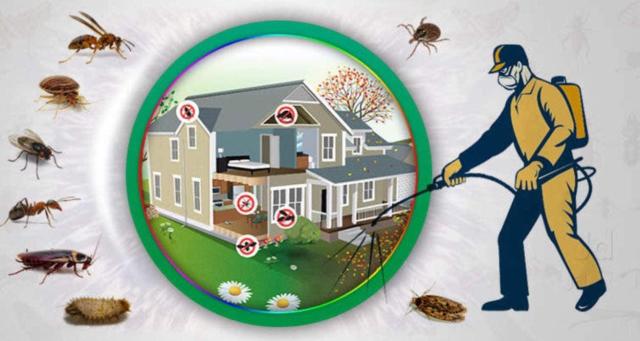
2、Commercial and Agricultural Applications:
● Food Processing Facilities: In commercial settings, sodium fluoride is used to protect food processing facilities from pests. Its effectiveness against a broad range of insects ensures that food products remain safe and uncontaminated.
● Storage Areas: Sodium fluoride is also used in storage areas to protect stored products from insect damage. Its long-lasting effects make it ideal for safeguarding grains and other stored food items.
● Agricultural Fields: In agriculture, sodium fluoride is applied to fields to protect crops from insect pests. Its ability to disrupt the life cycles of various insects helps in maintaining healthy crop yields.
Sodium fluoride's role as an insecticide highlights its versatility and effectiveness beyond its traditional use in dental care. Its ability to disrupt the metabolic, neurological, and digestive systems of pests makes it a valuable tool for controlling various unwanted organisms in both residential and commercial environments. However, the potential health and environmental risks associated with its use necessitate careful handling and adherence to regulatory guidelines.

